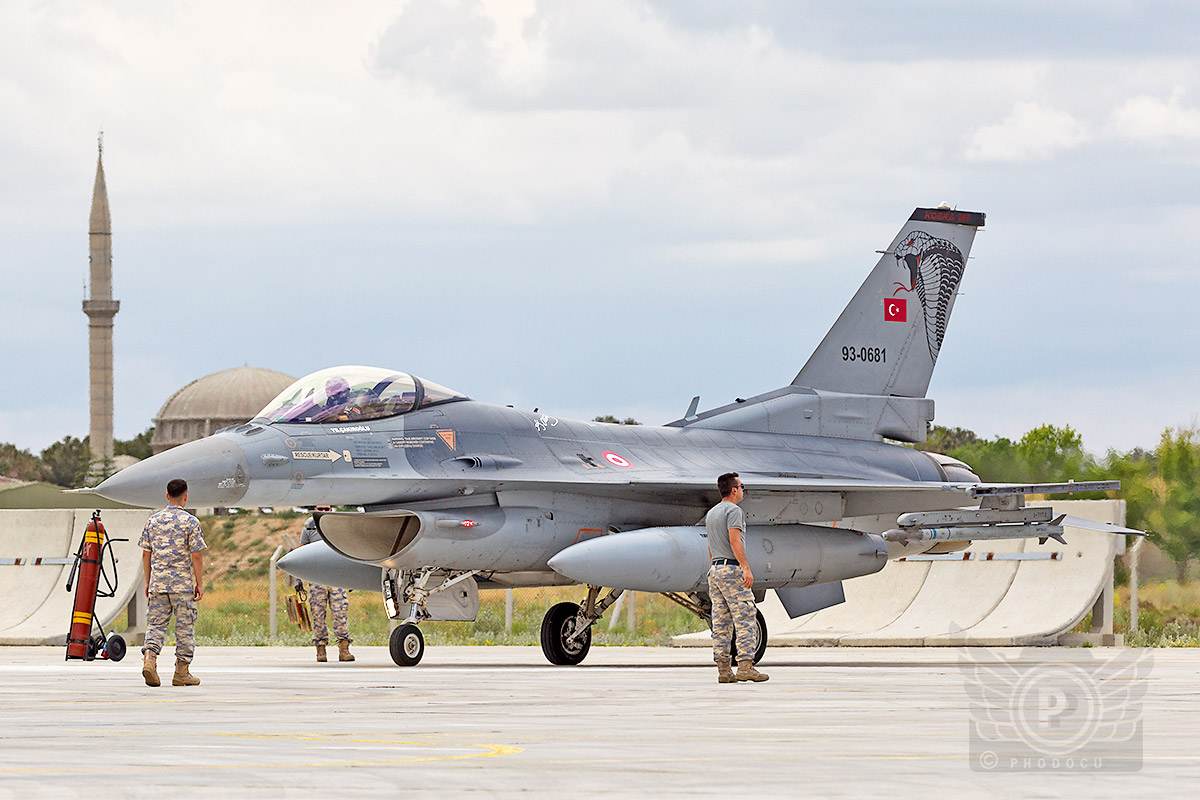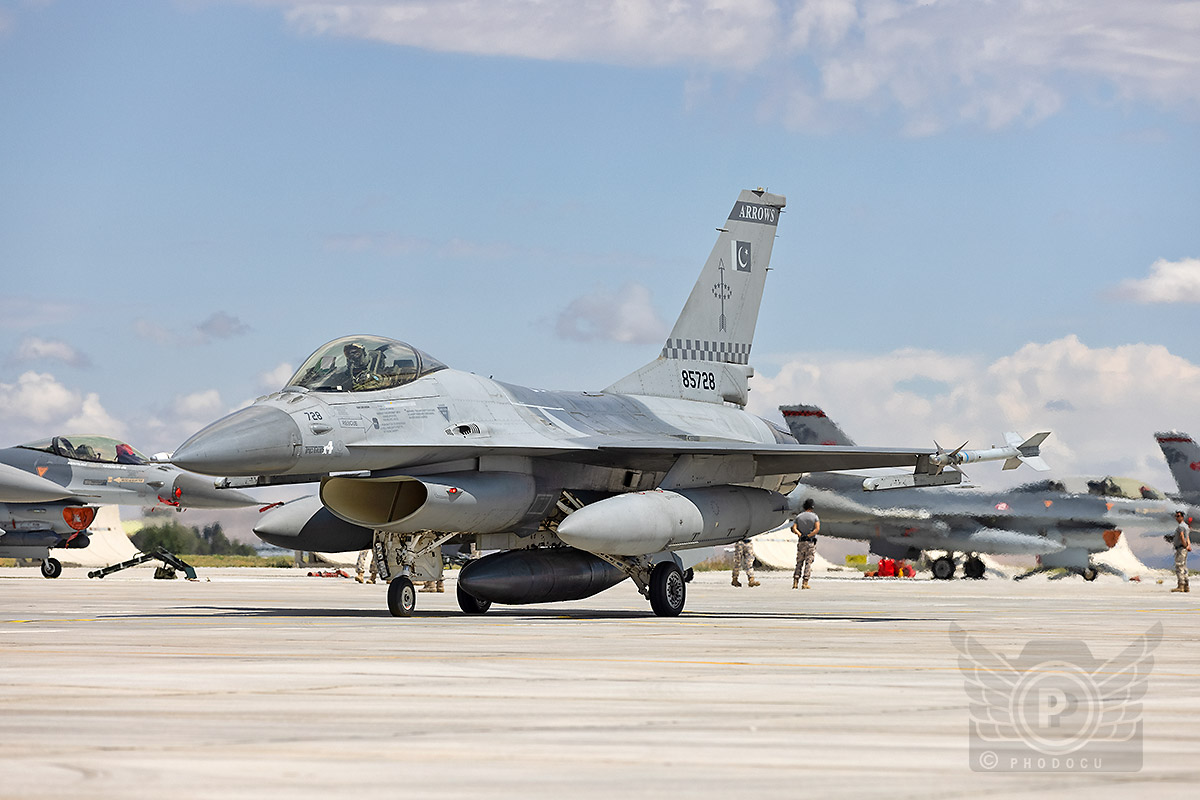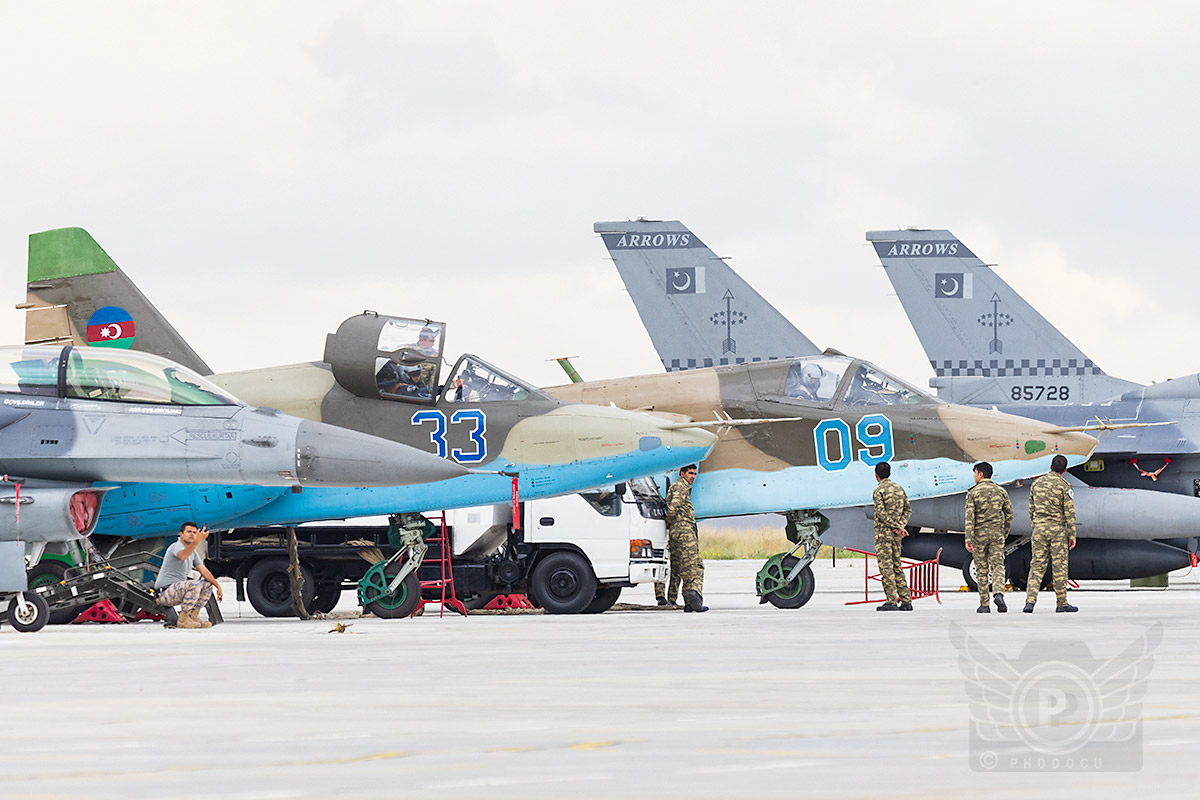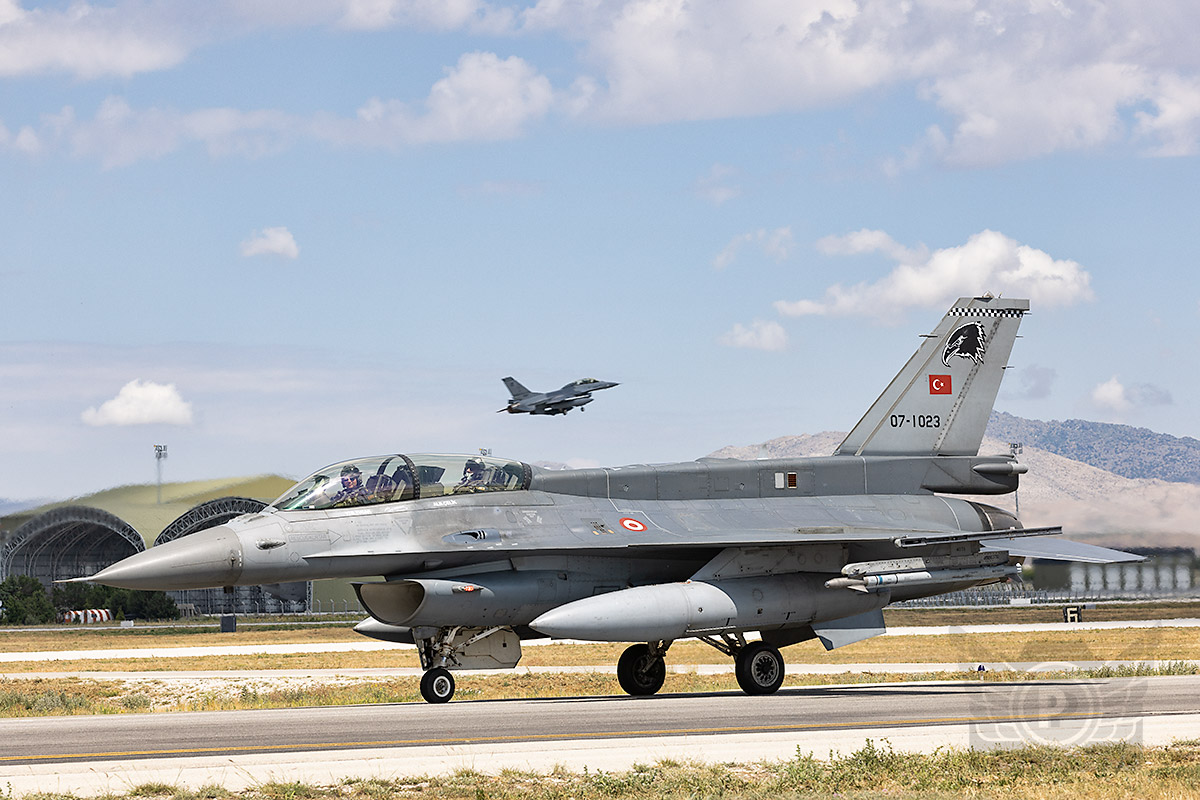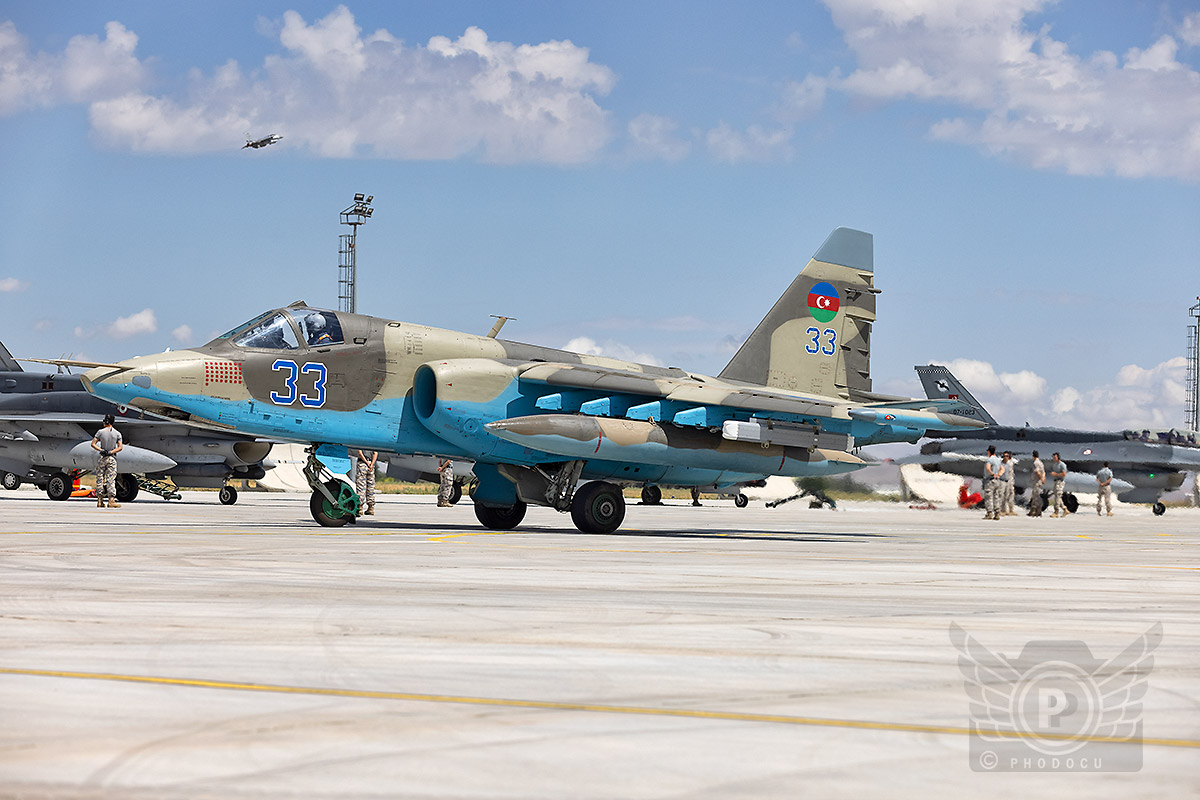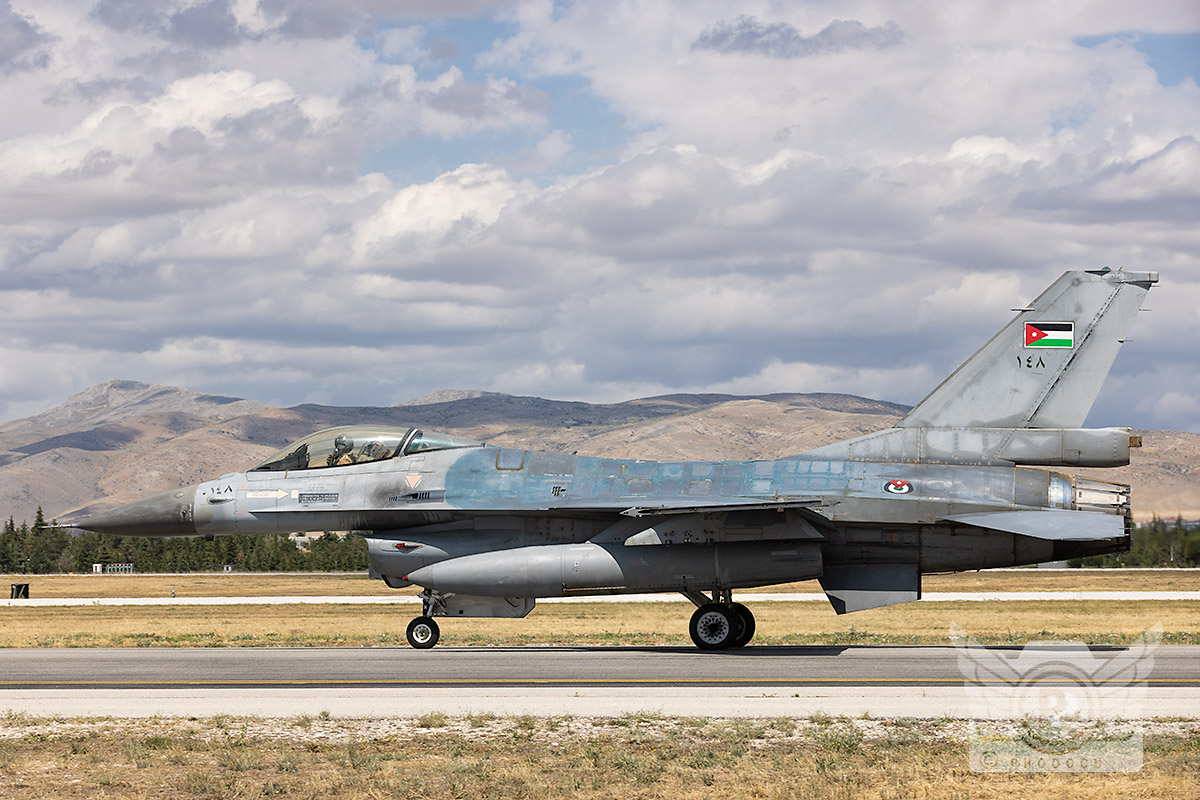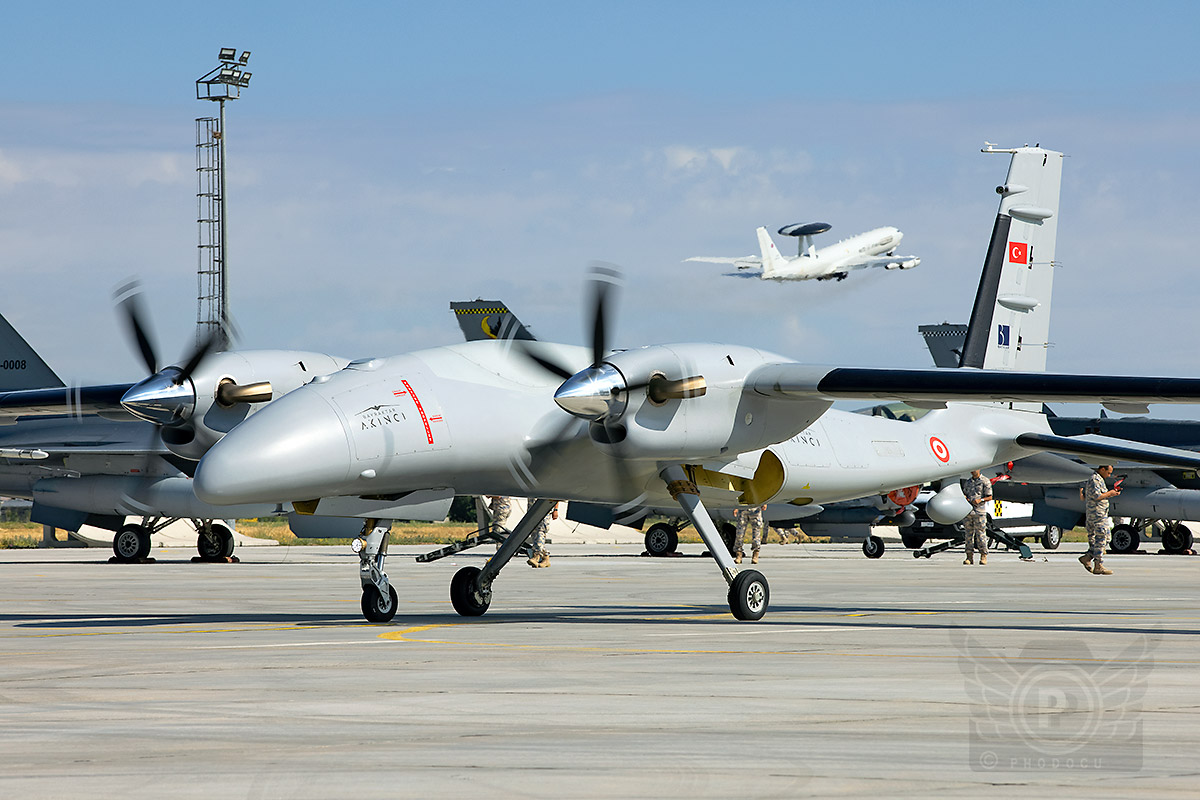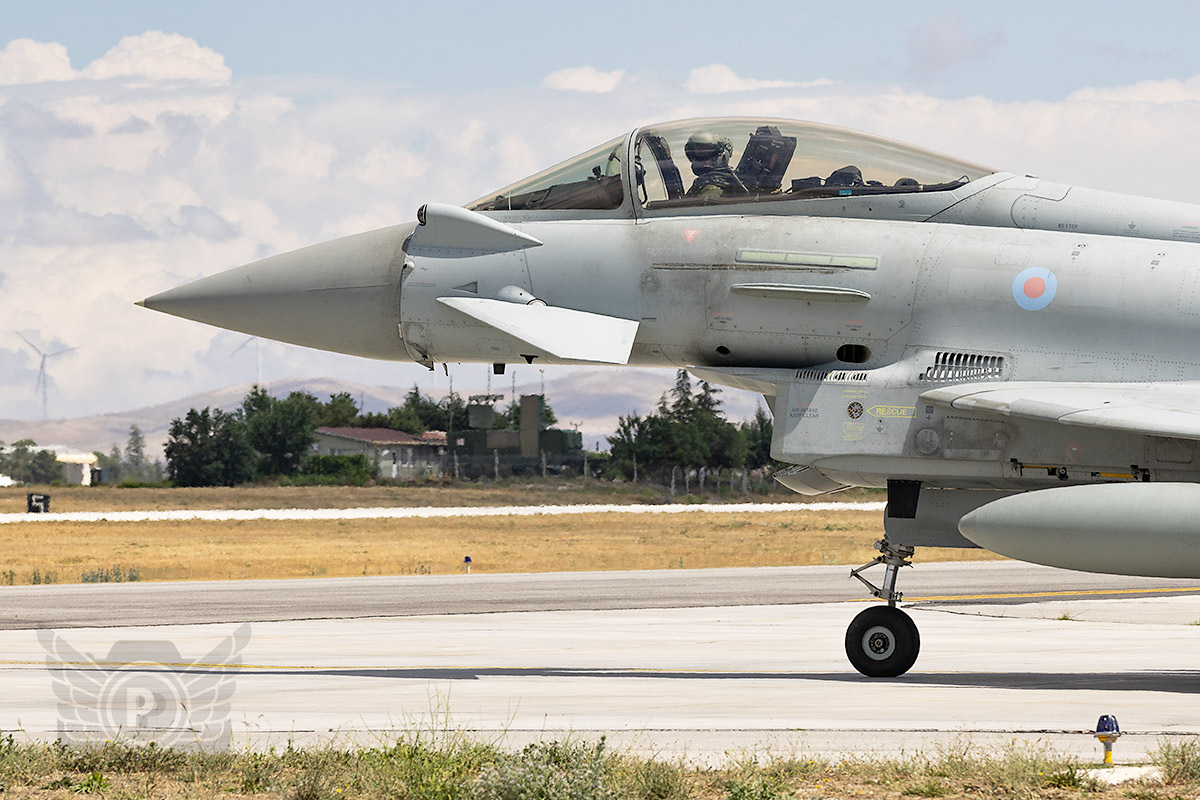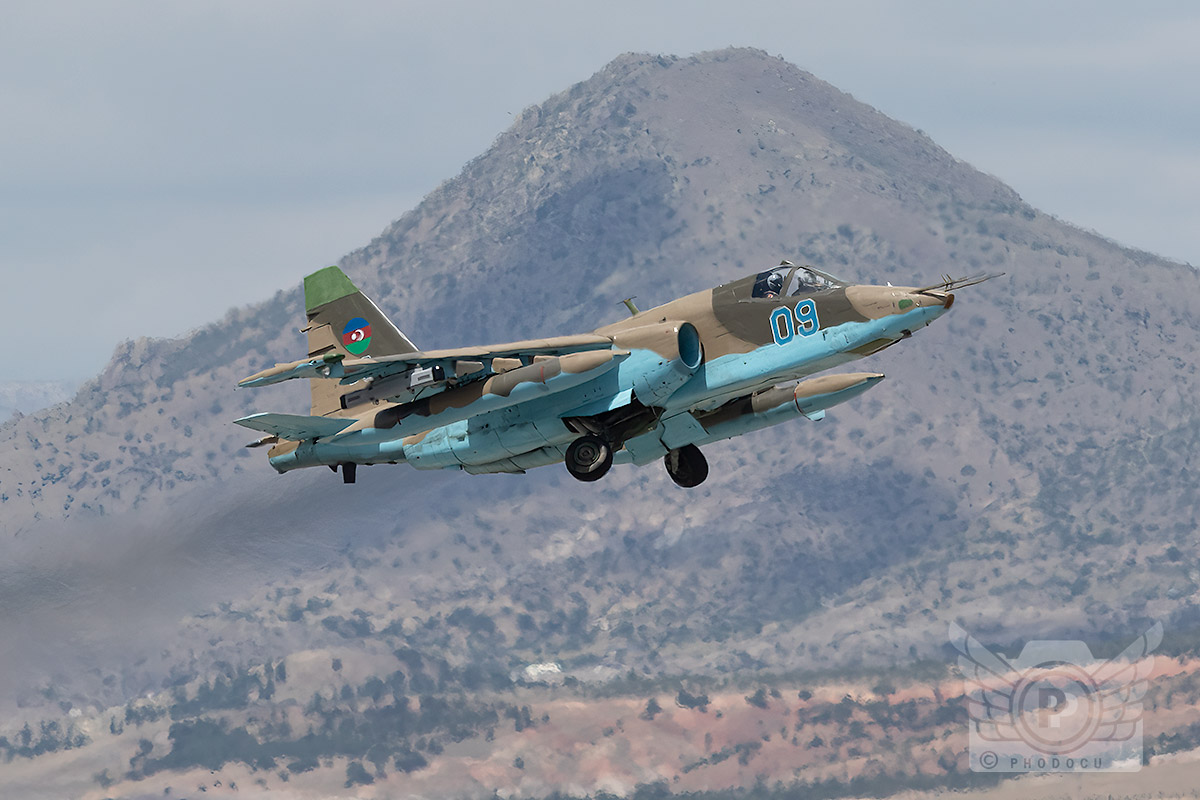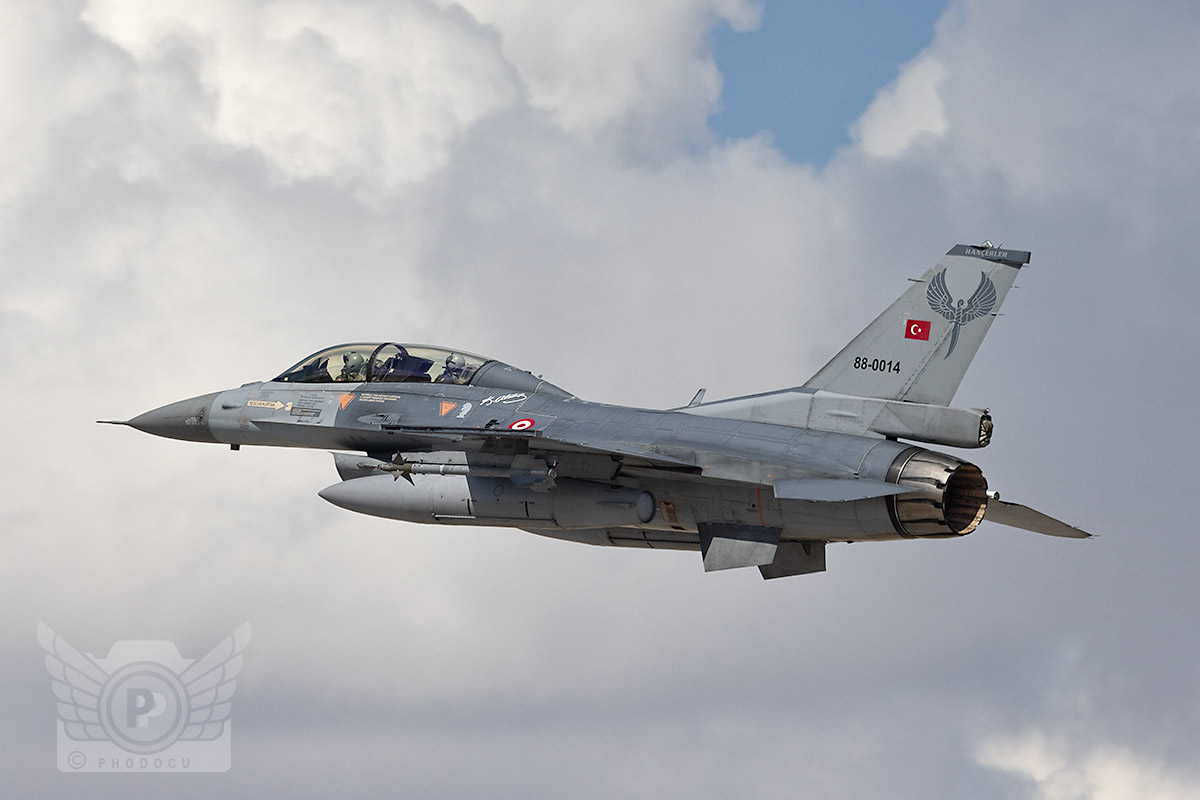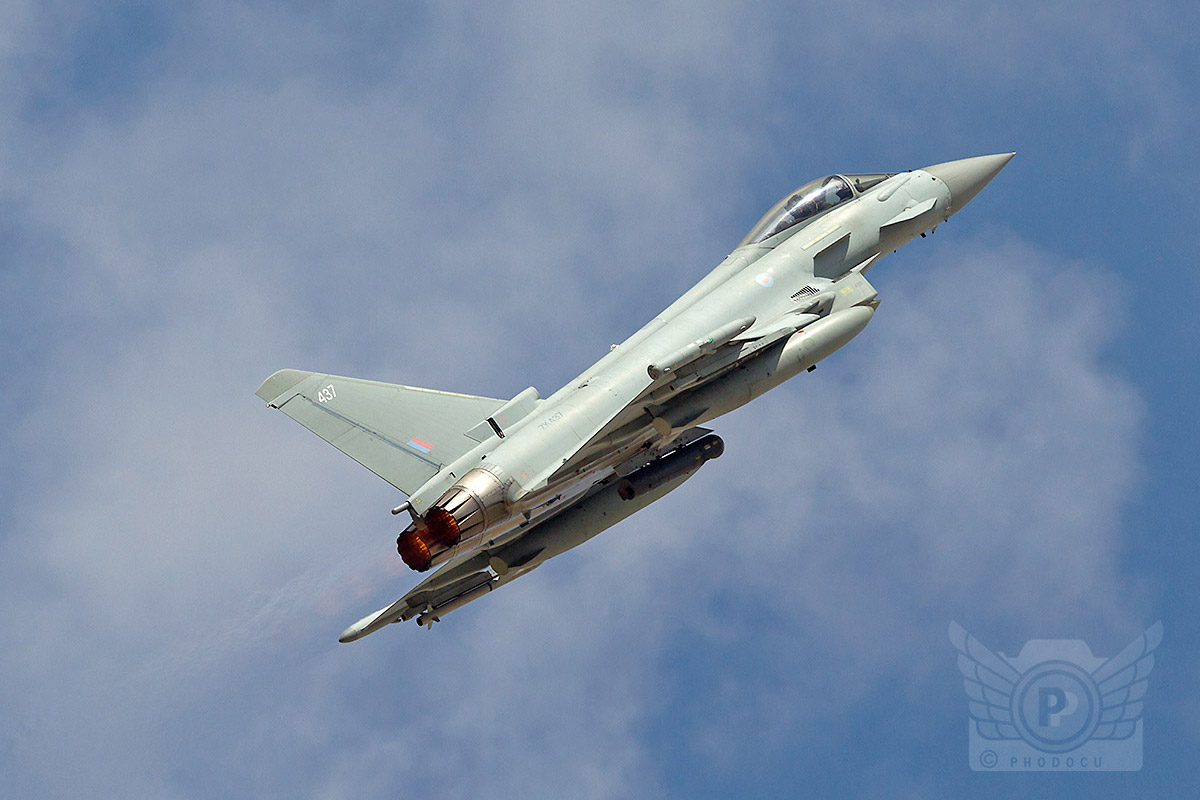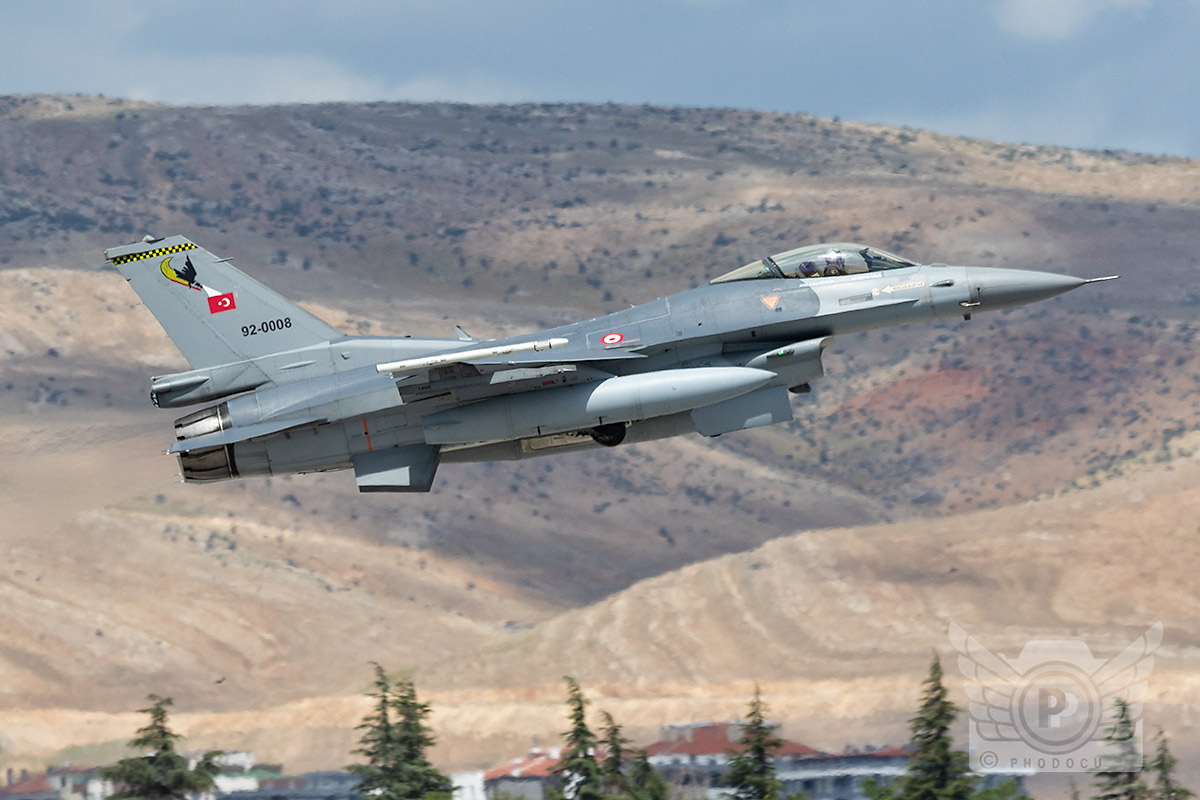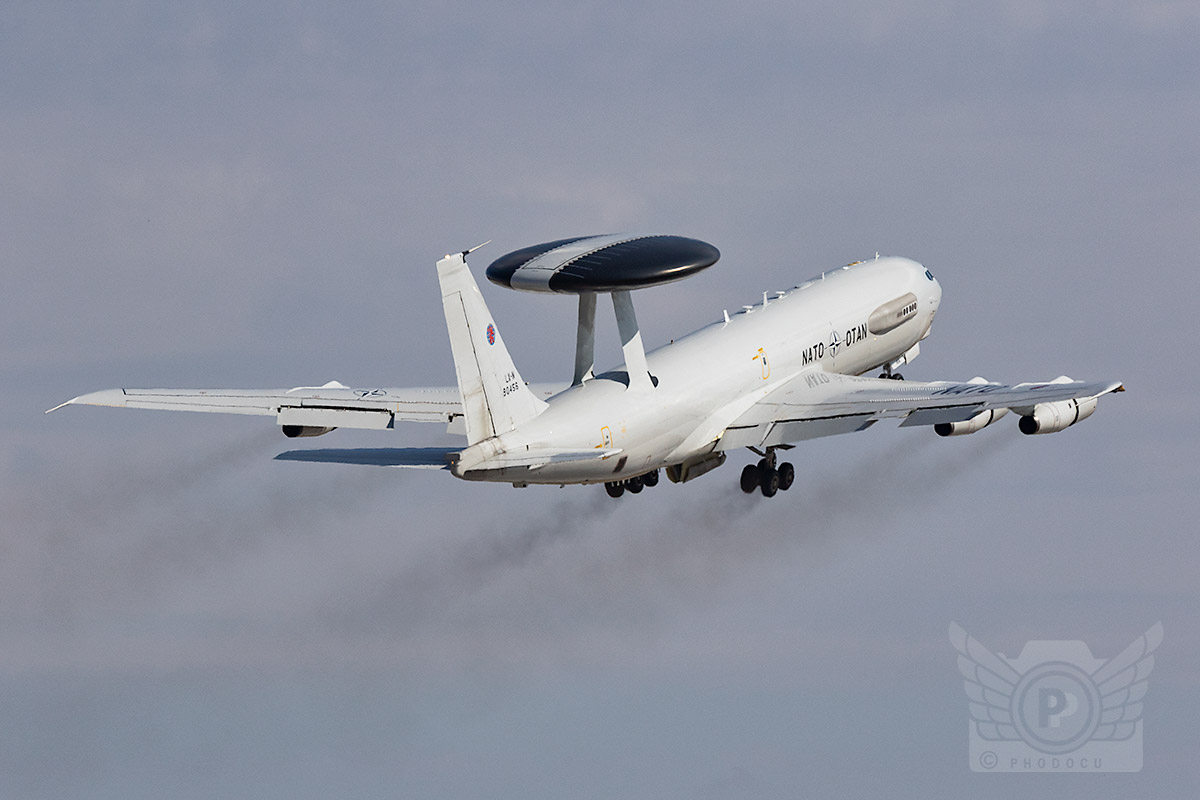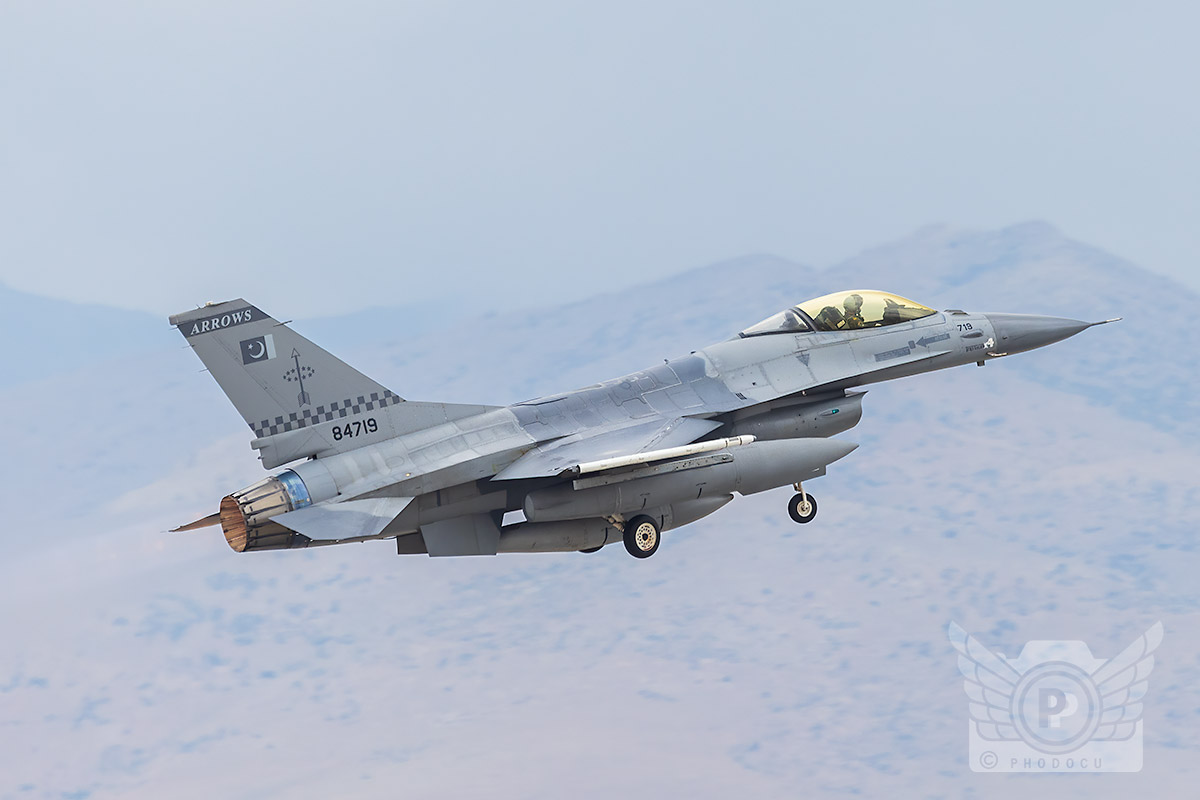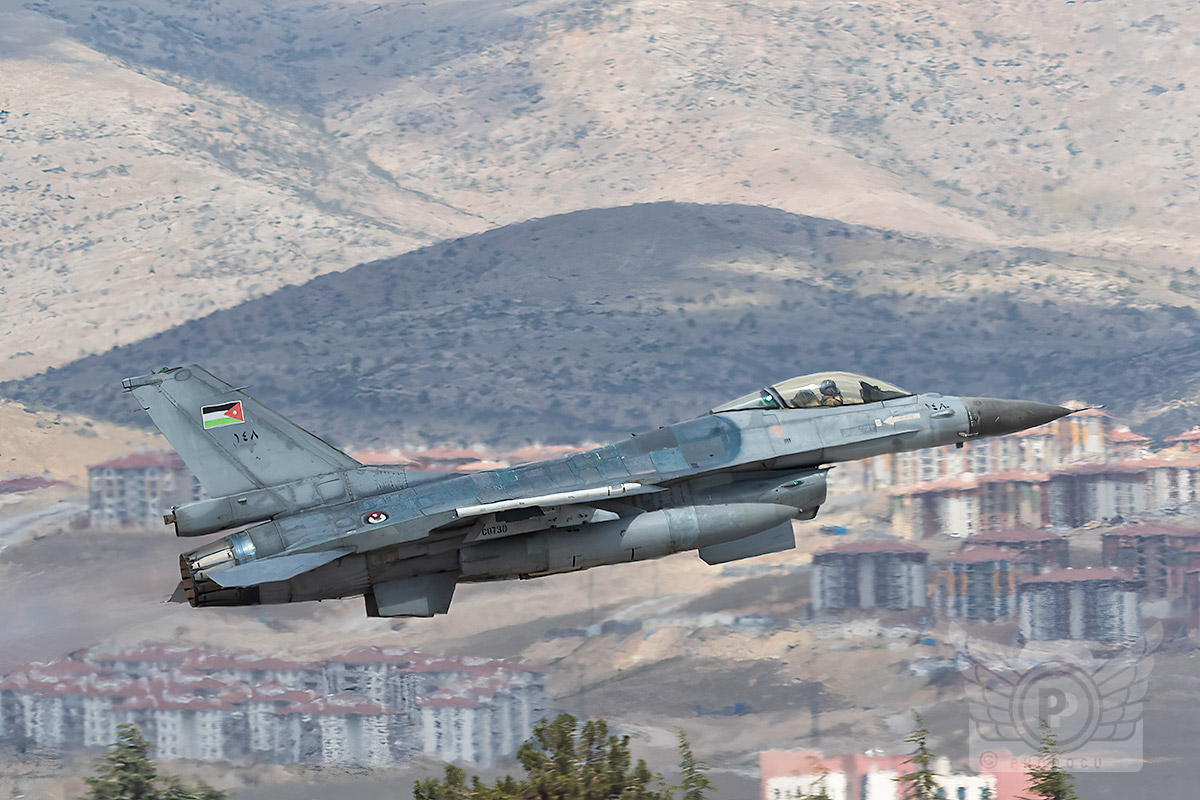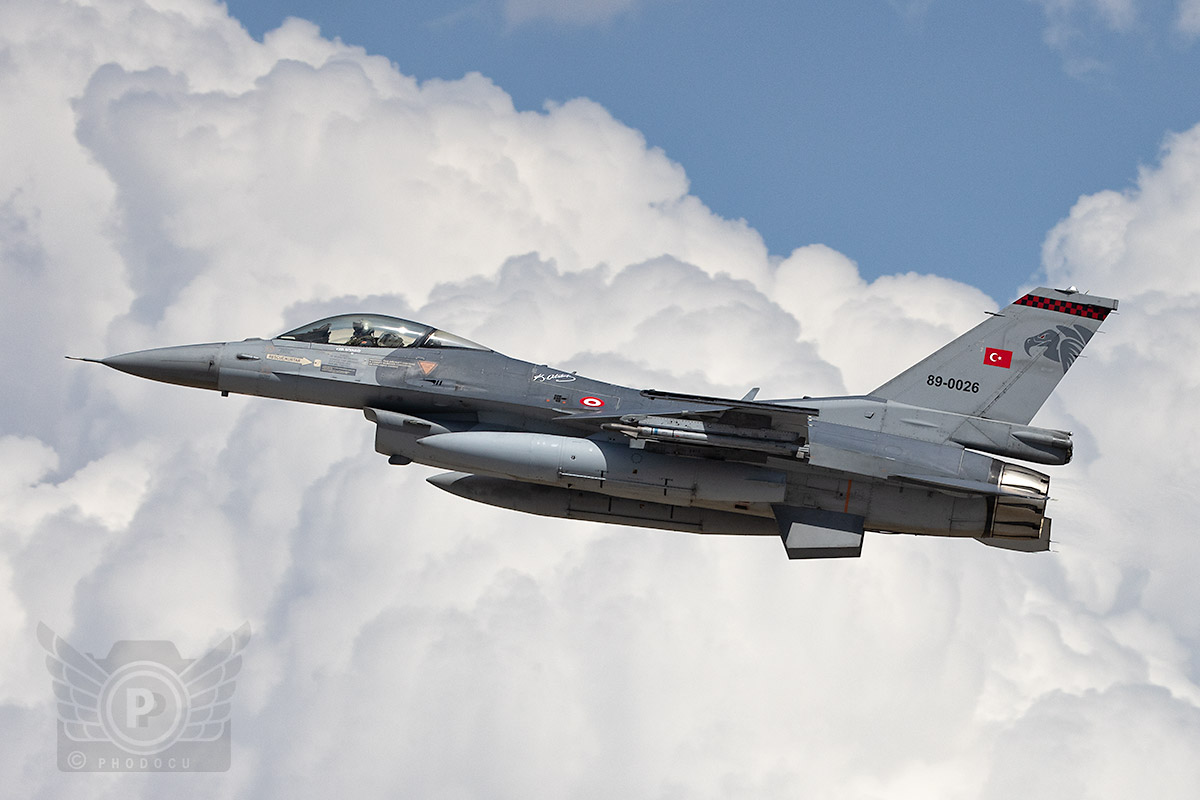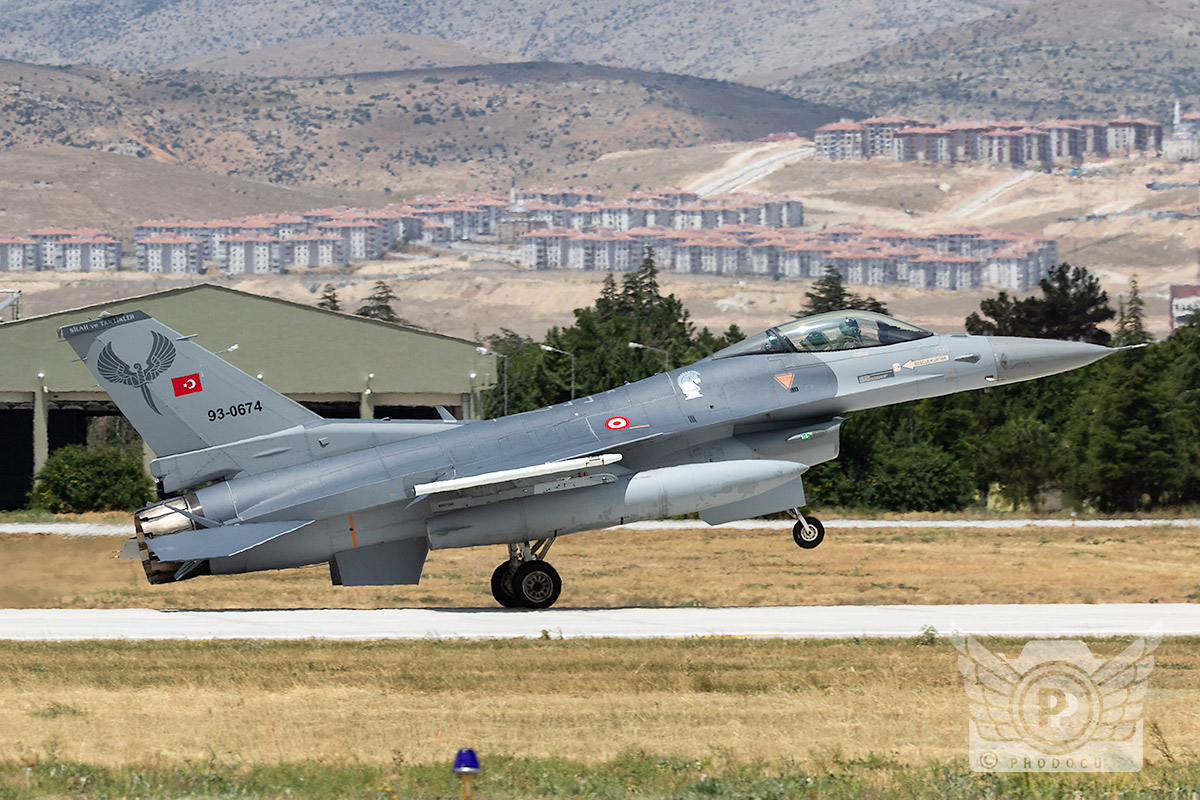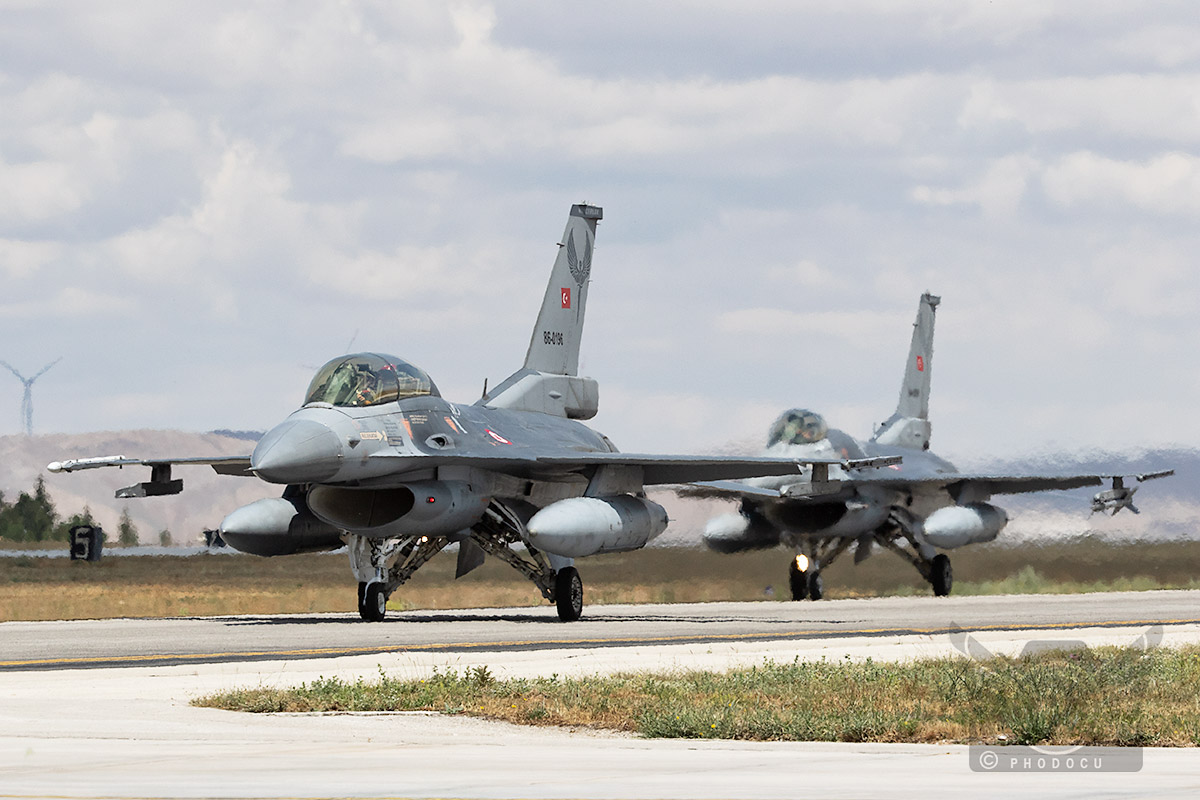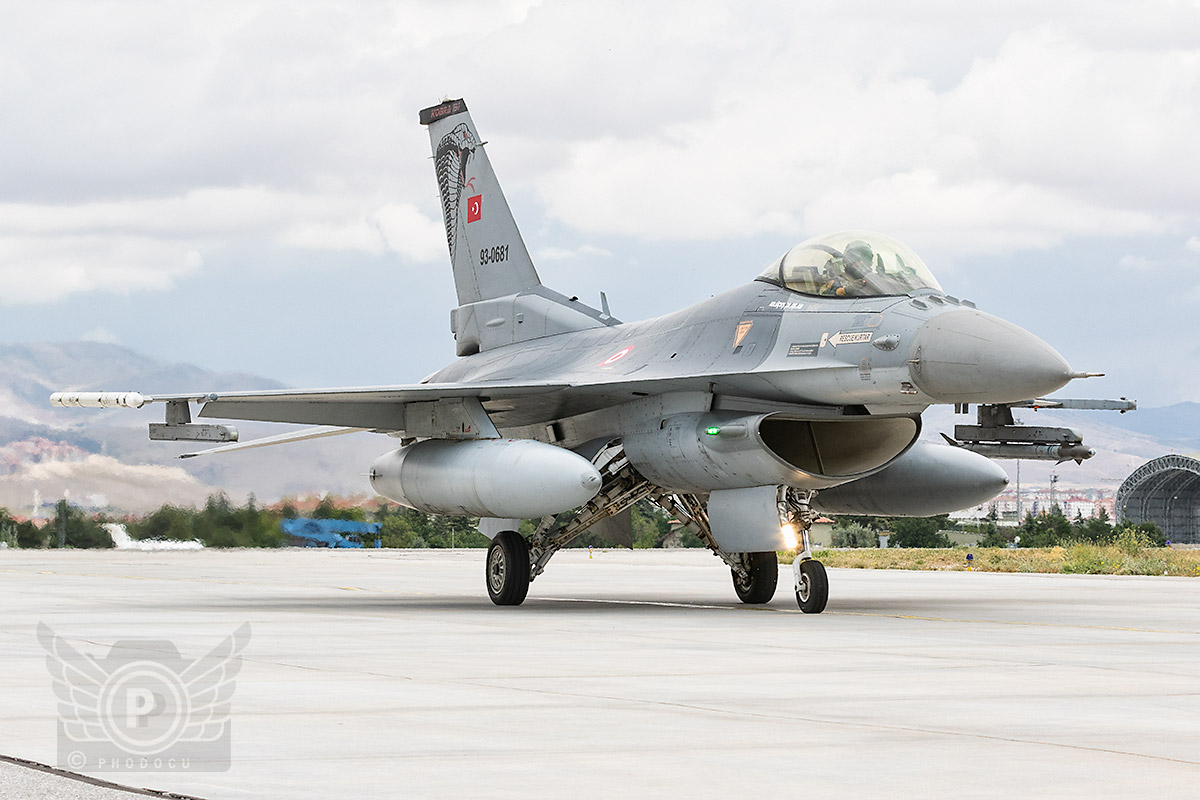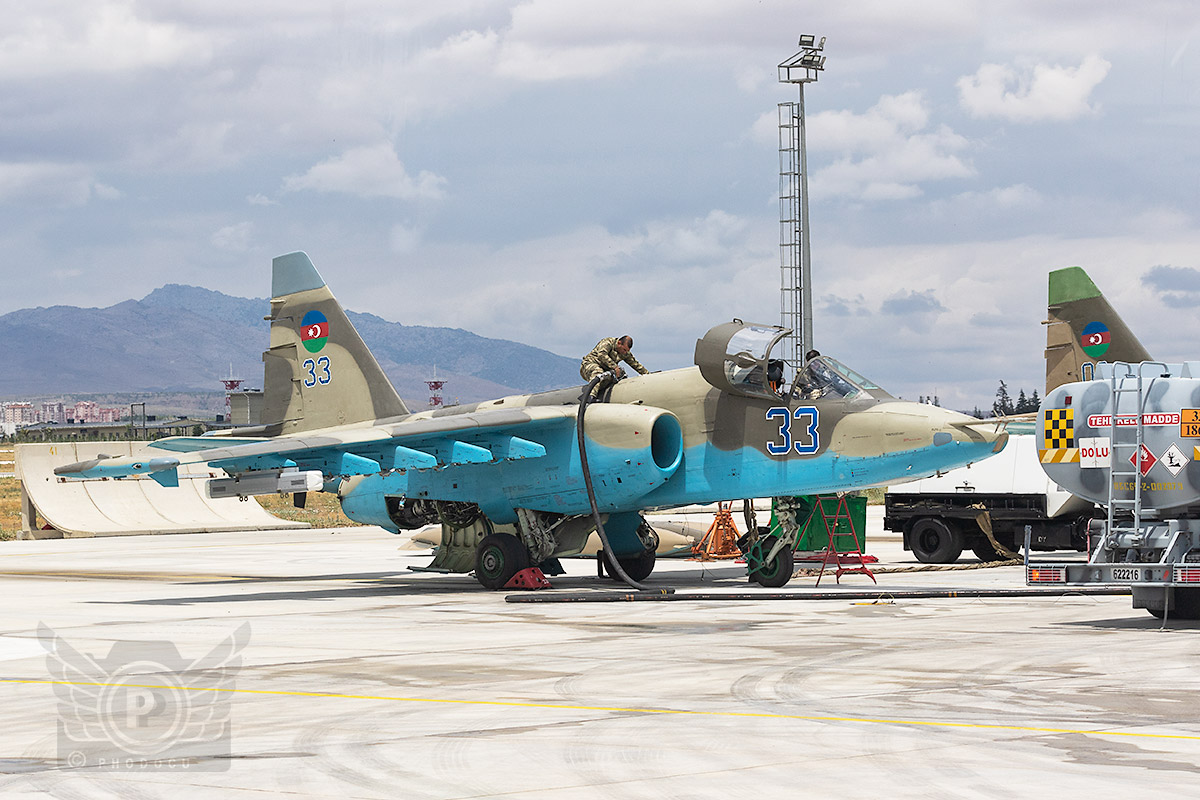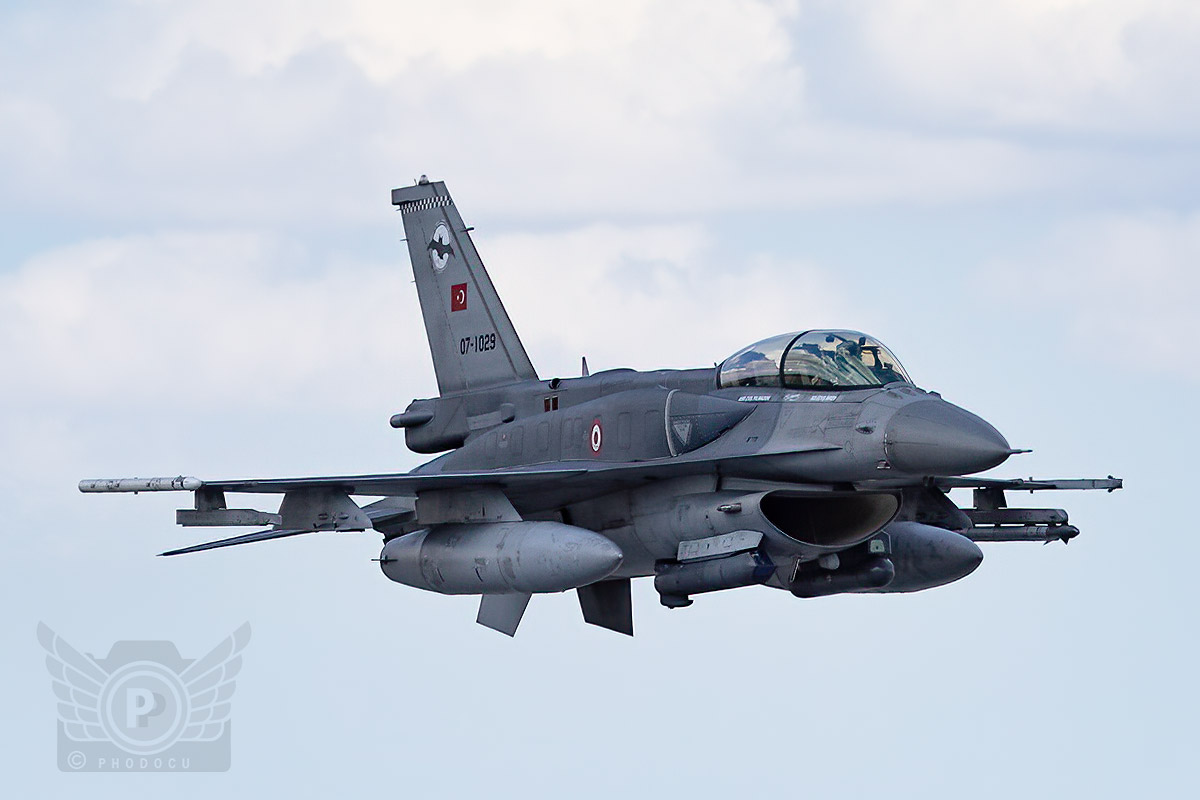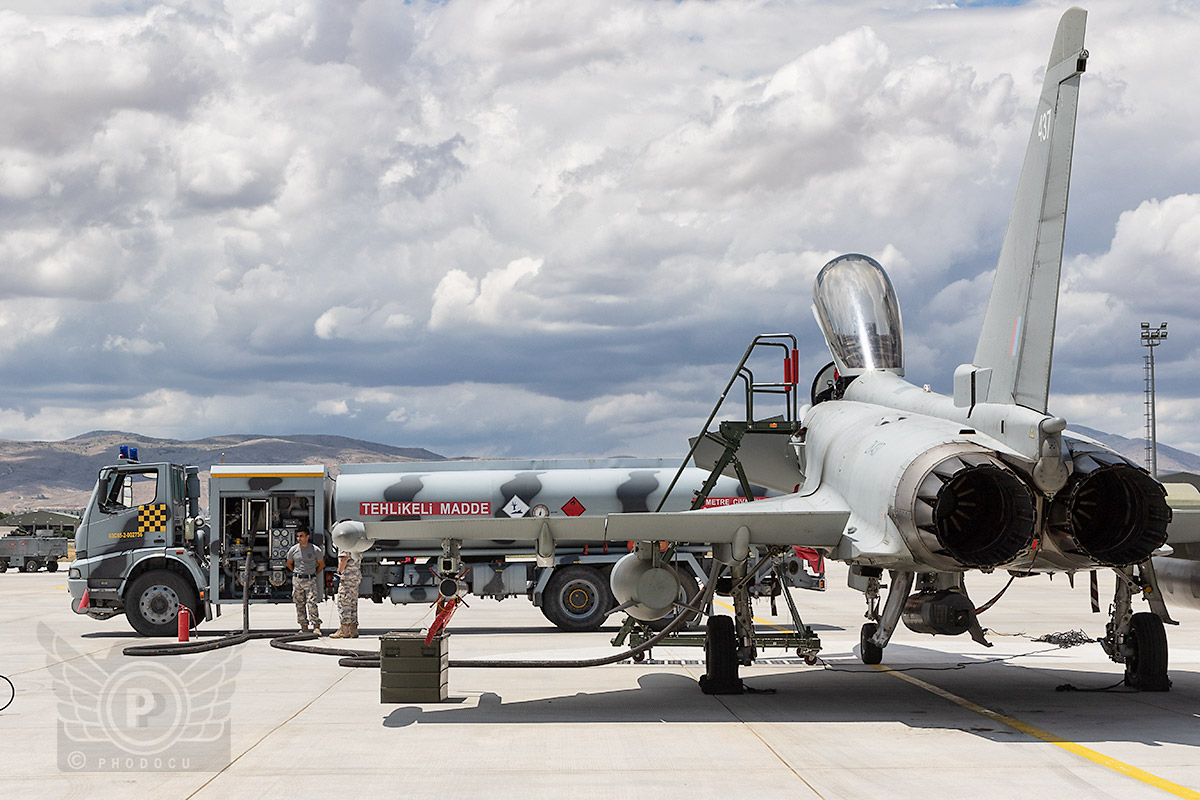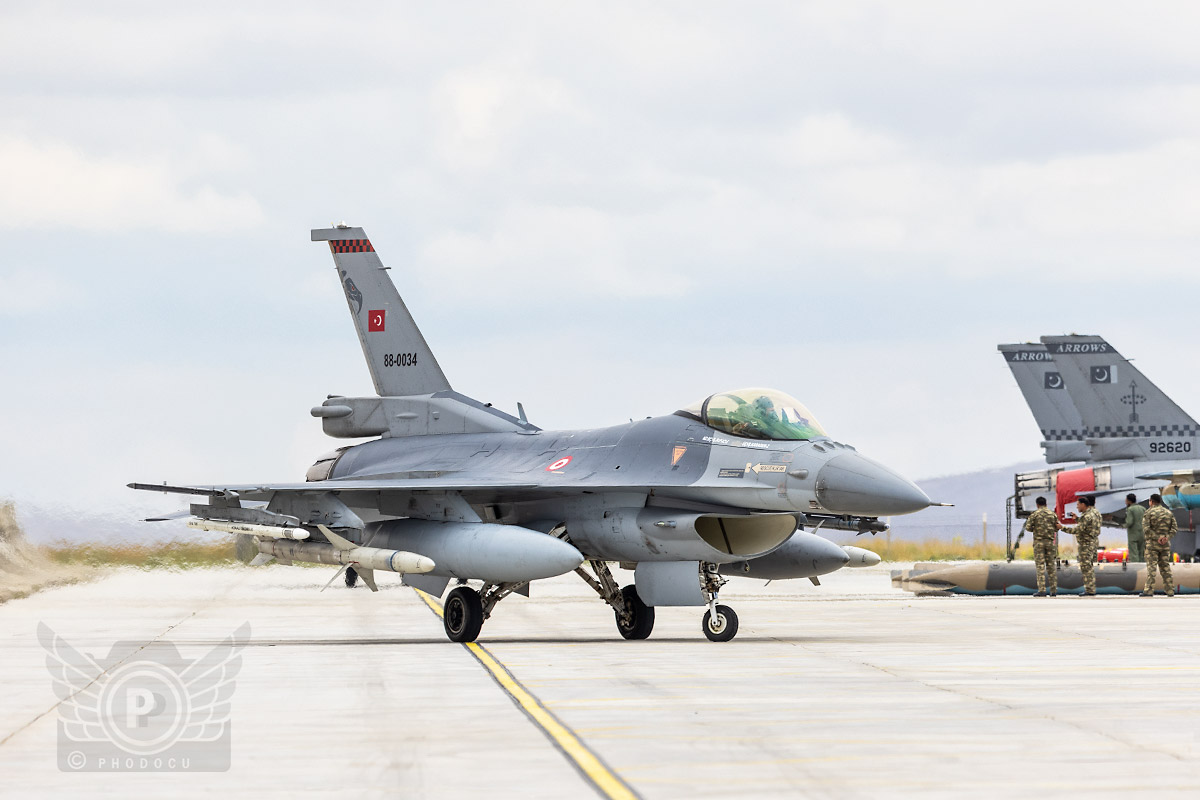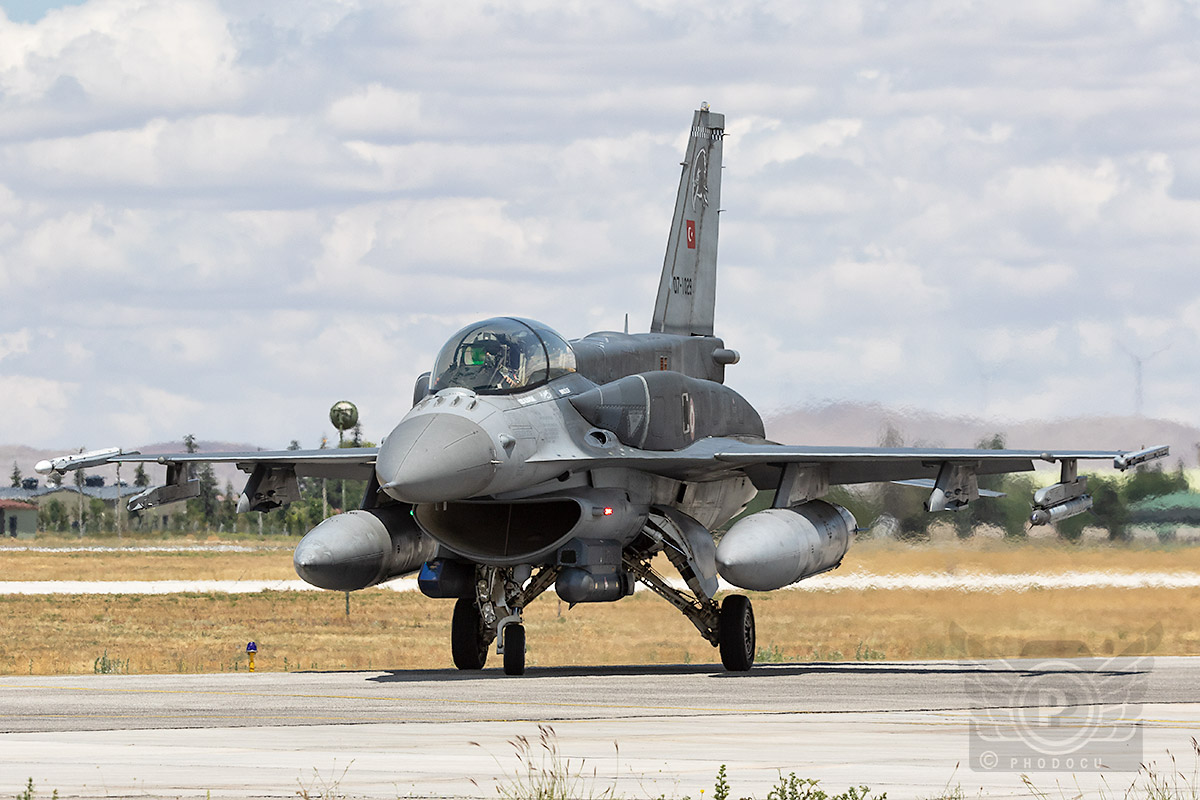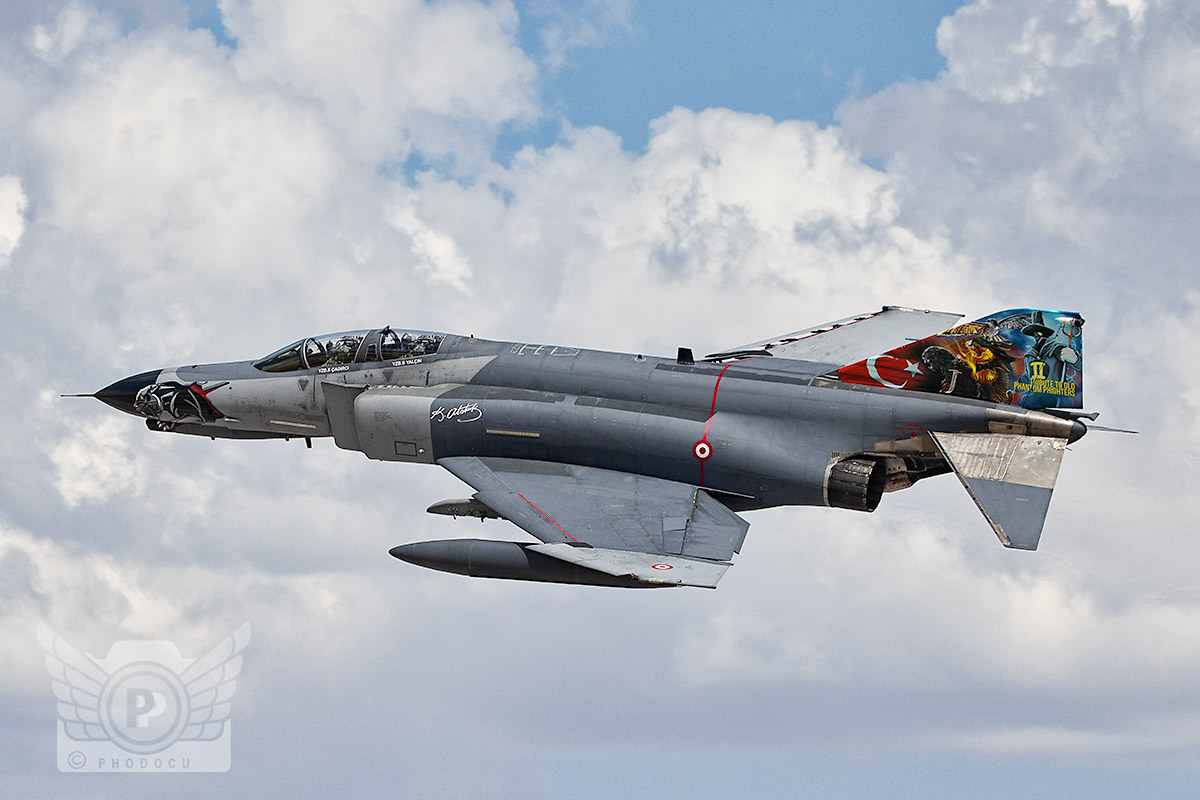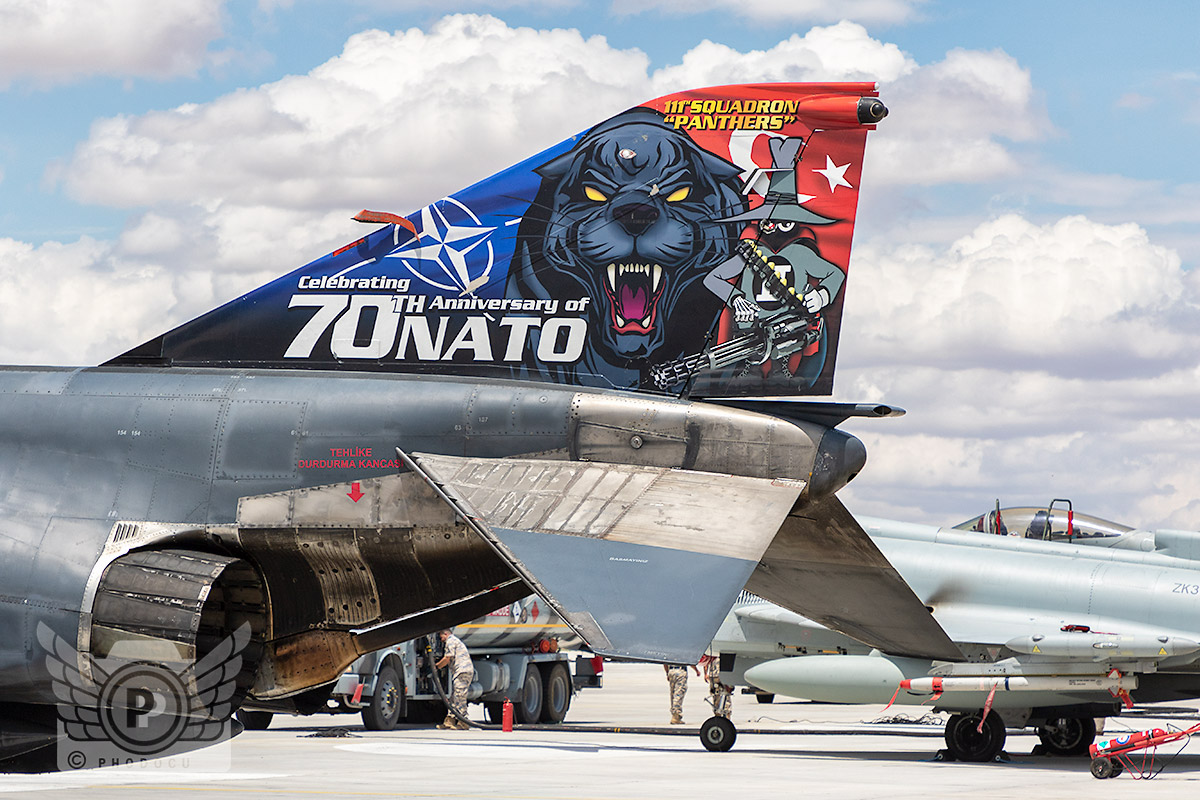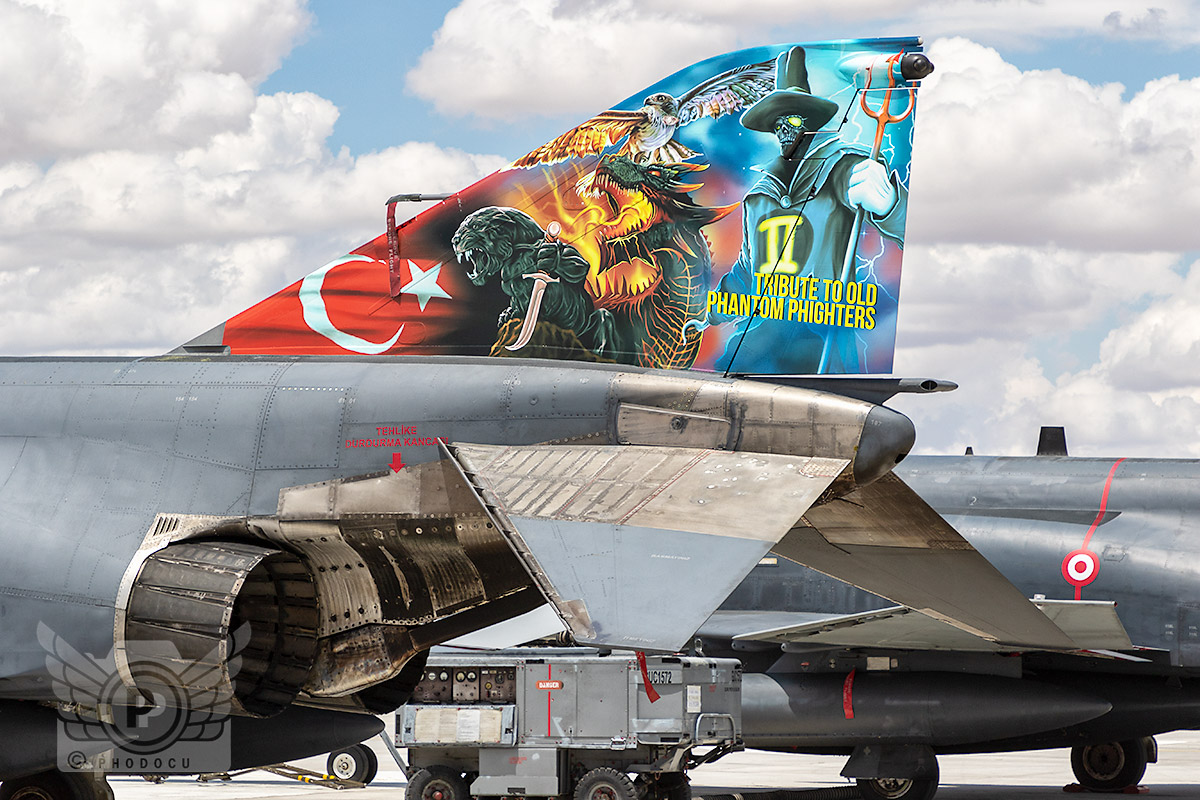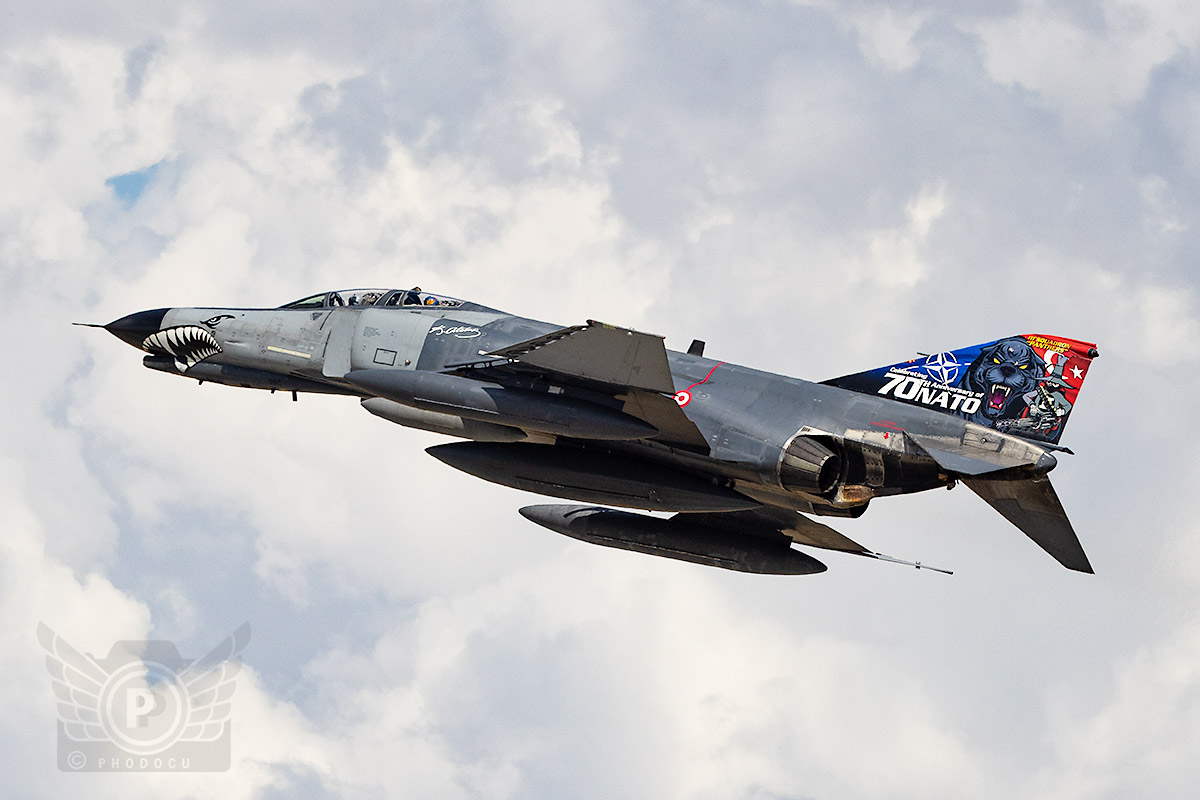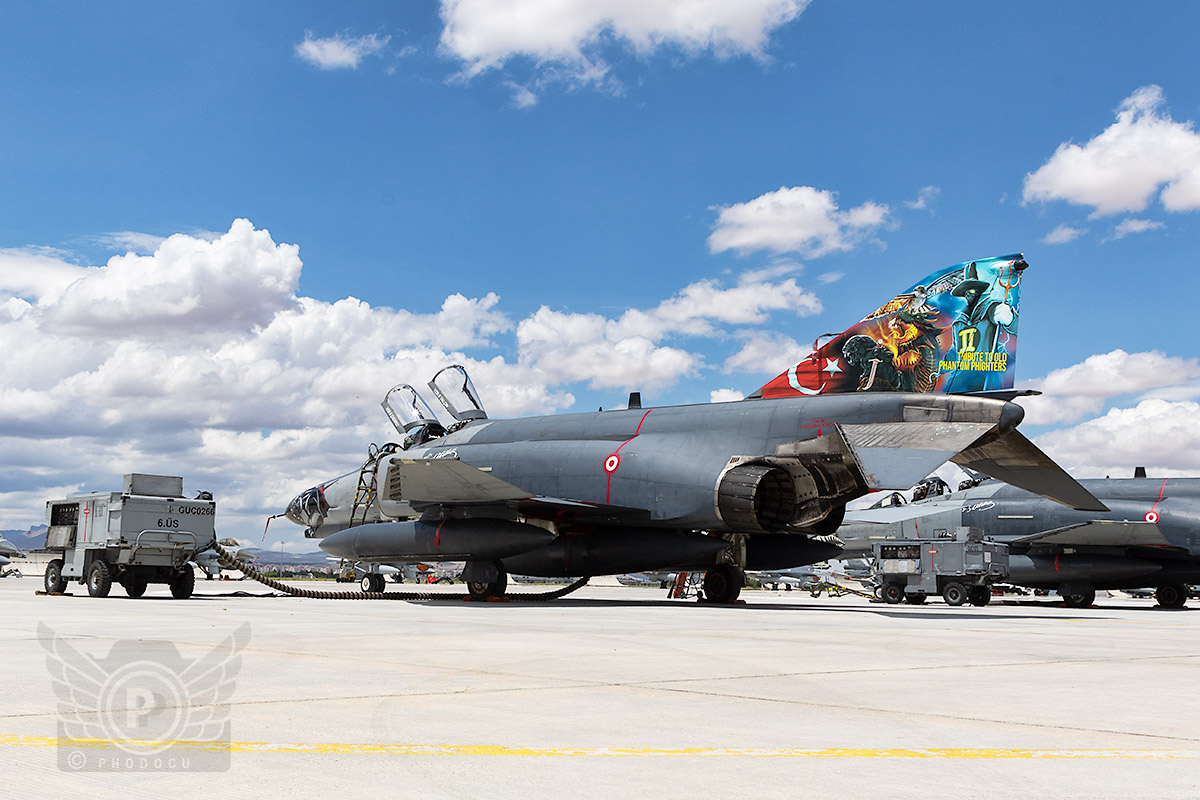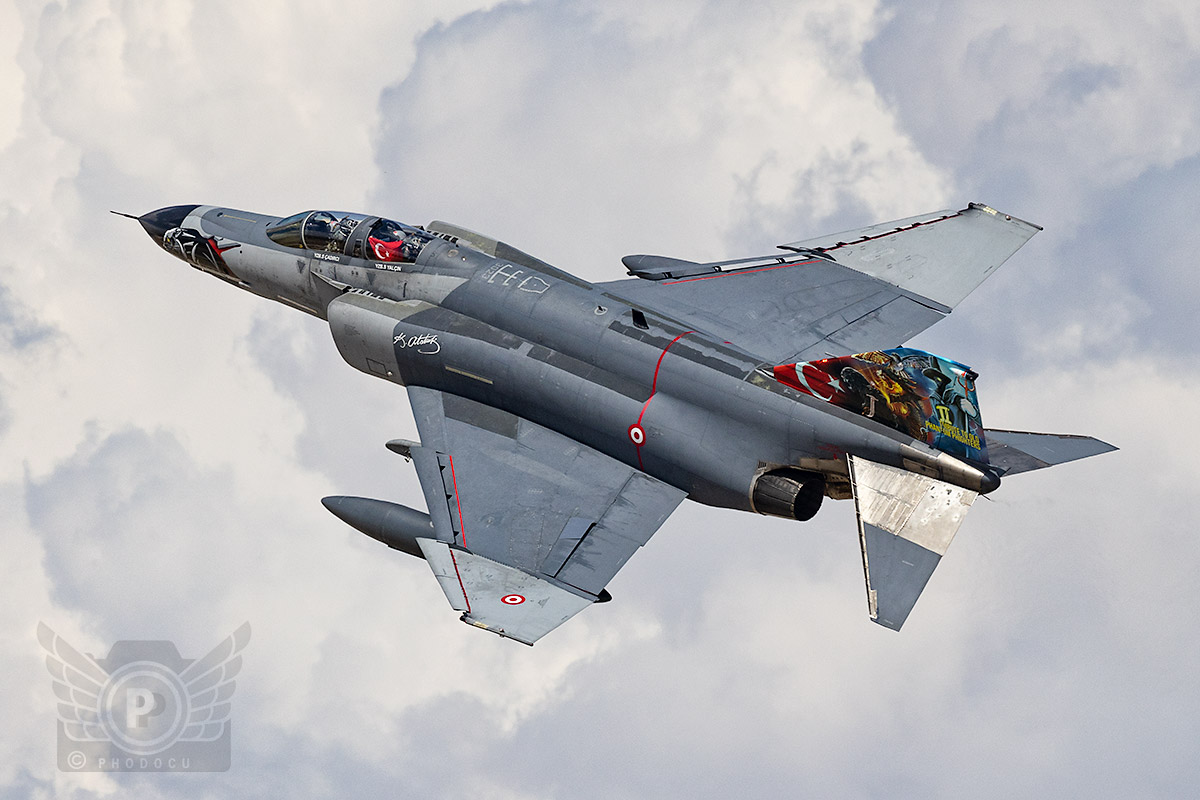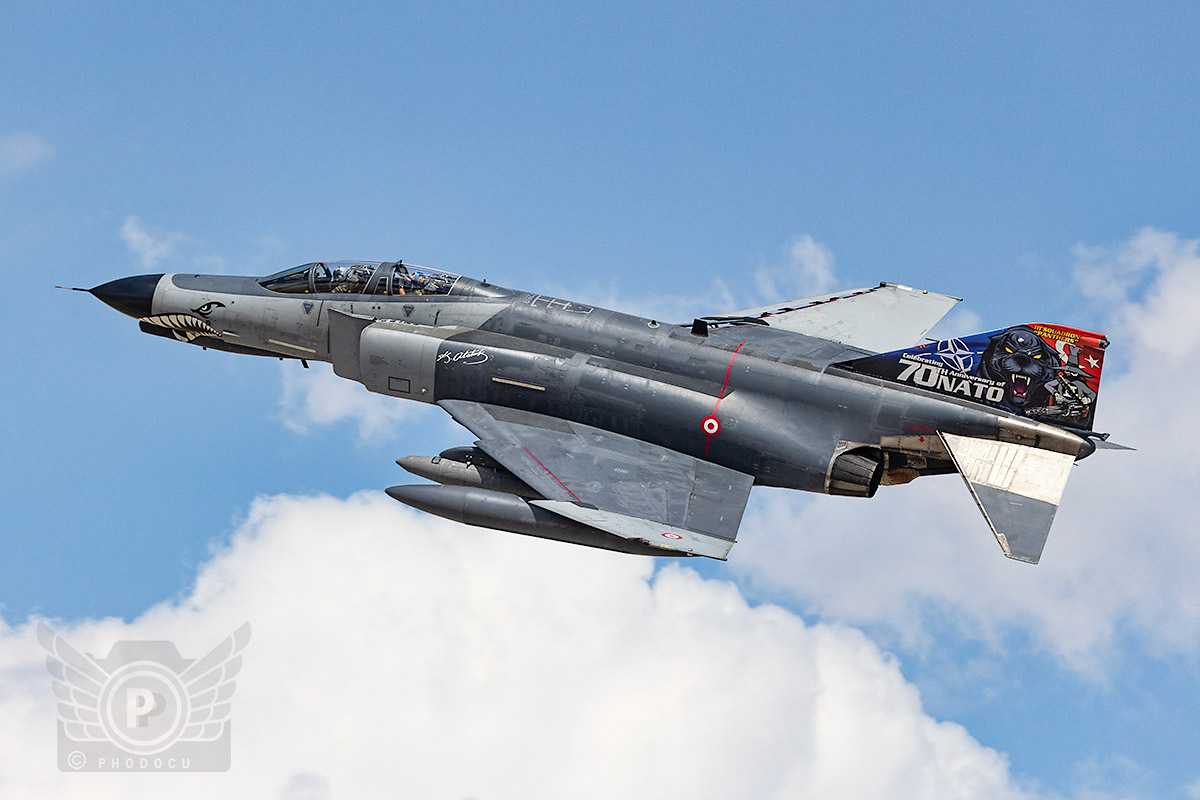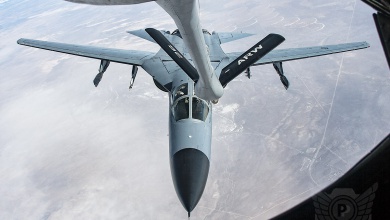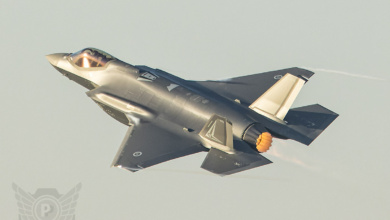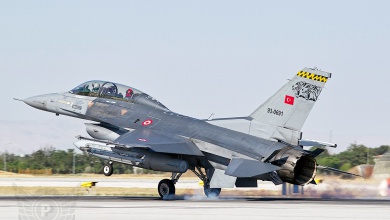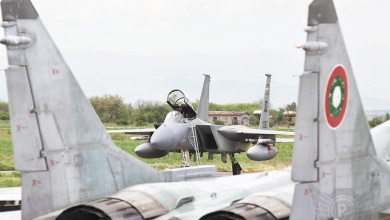From the 20th of June till the 1st of July, the Anatolian Eagle Training Center (AETC) located at the 3rd Main Jet Base Konya, Türkiye hosted the 46th Anatolian Eagle (AE) Exercise.


Training Center
The idea of opening a training center was a direct result of the various conflicts at the end of the 20th century. Military conflicts such as the Gulf War and the former Yugoslavia conflicts showed that Air Forces will play a major role in deterrence and in the determination of the outcome of military conflicts. The first step in this plan of a Turkish Air Force training center was to look around and visit other, already well established, training centers like Red Flag. The United States Air Forces’ (USAF) Red Flag exercise at Nellis Air Force Base in Nevada was established in 1983 as a direct result of the increased losses of USAF flying personnel and aircraft during the Vietnam war in comparison to previous wars and conflicts. The result of such training exercises was clearly visible in the USAF’s minimal losses during the Gulf war and the former Yugoslavian conflicts. With as main goal the training of less experienced pilots to prevent the loss of life of Turkish Air Force flying personnel and the loss of aircraft, the idea was conceived to create a similar training center to Red Flag in Turkey itself and with the participation of Turkish Air Force F-16s in a Red Flag exercise in 1997 the seed was planted.

Between 1997 and 2001 the Turkish Air Force hosted a bilateral exercise with the USAF and a first exercise at Konya Air Base which was followed by studies and infrastructural work at Konya Air Base. In 2001, the AETC was ready to host its first AE training exercise. From this moment on the facilities grew with more office space, a special AE aircraft parking area and maintenance facilities as well as the introduction of newer, more sophisticated radar systems, Early-Warning systems and anti-aircraft systems in the vast training area. So far the AETC co-ordinated exercises have grown to be in the top of military aviation exercises in the world and it has organized 21 National and 25 International AE exercises, during which 15 countries participated with more than 37.000 personnel and 3.000+ air platforms, which together flew more than 25.000 sorties.
Close-to-real
The AE exercises are basically similar to the USAF’s Red Flag exercises, and are also realized in a ‘close-to-real’ war environment which is combined in the use of high-end technology and being able to minitor the quality of the exercises in a computer environment. The aim is to test the knowledge and abilities of all participants and to raise the level of the exercise by detecting the hitches and deficiencies in the exercise Syllabus itself. The basics of the exercise scenario consist of the attack by the BLUE forces, with the use of Combined Air Operation (COMAO), on the tactical and strategic targets in the RED forces controlled area, which are defended by fighter aircraft and Surface-to-Air Missile (SAM) systems. These missions take place in an area with a dimension of 200 nautical miles from East to West and 150 nautical miles from North to South. The main operational airspace can be used from ground level up to 50,000 feet and the exercise area is freed from any other traffic, so the air assets can use this large area freely to carry out their missions and fights. Such a large unrestricted area is unique for Europe.
During the AE exercises the Airborne Warning and Control Systems (AWACS) aircraft support the Blue forces and a ground based radar system gives Ground Controlled Interception support to the Red forces. Turkish Air Force Boeing KC-135R tanker aircraft give Air-to-Air Refueling support to both Blue and Red forces.


Anatolian Eagle inspires the ages and aces!
Infrastructure
At Konya Air Base itself the White Headquarters building is sort of the brain of Anatolian Eagle. It is the center building in which the missions are created and the statistical studies are carried out. Next to this the Command Control Center (CCC) building is the headquarters in which information, such as the aircrafts location and other flight information, can be observed. To accumulate this data the CCC uses information which is transferred through Air Combat Maneuvering Instrumentation (ACMI) being carried on the individual aircraft, and the information can be observed in real-time. Other information, such as what is detected by AWACS aircraft, in combination with land based radars and real-time searching, locking and shooting images of SAM and other anti-aircraft systems, can be observed in the CCC as well. At the Multi Aegis Site Emulator (MASE) Operation Center the AE sorties, and daily other flights at Konya Air Base, are controlled and commanded. Also situated in the CCC building is the main briefing hall, which has a capacity of 450 people and is the place where the last briefings before the flying sorties and the debriefings after flights are carried out. Next to these buildings there are several smaller buildings in which the participating units can have their own space to prepare for the missions The Red Forces plan their missions, and have their briefings, in what is called, the red building. No one except the personnel belonging to the Red Forces can enter this building, and vice versa the Red Forces personnel are not allowed to enter other buildings. During AE, the Turkish and foreign squadrons belonging to the Blue forces, are located in buildings designated as Blue-1, Blue-2 and Blue-3. Each one of these buildings has its own briefing rooms to have pre- and post mission briefings as well as brain-storming sessions.
In his speech during the AE exercise 2022 Distinguished visitor and press day, the Chief of the Turkish Air Force, General Hasan KÜÇÜKAKYÜZ, lined up some of the AE exercises’ key goals and principles:
- To meet the need of training for the operation and to increase the level of combat readiness of personnel.
- To examine and improve the interoperability with NATO and allied countries.
- To improve the level of education in a scenario ranging from simple to difficult, as in realistic operational environment.
- To achieve new technical and tactical concepts and doctrines.
- To share knowledge and experiences.
The 2022 AE exercise started June 13 with ‘Deployment Week’ when all assets and personnel gathered at 3rd Main Jet Base Konya and was finalized with the familiarization flights on Friday the 17th. Operational sorties were flown from Monday the 20th till Thursday the 30th of June, with the 1st of July being the Mass Out brief day and redeployment of all assets. During the exercise 274 sorties were flown and all the objectives and goals were met well before the end of the exercise period itself. General Hasan KÜÇÜKAKYÜZ summarized the 2022 AE exercise as follows: “I conceive that the exercise has achieved its purpose. The only need for constant change against ever changing nature of technology is the modern weaponry and warfare, as well as well-trained manpower. The most important force multiplier of Turkish armed forces is the trained and qualified personnel.”.
Big scoop
The 2022 AE edition also had a big scoop: the first participation of the Bayraktar AKINCI High-Altitude Long-Endurance (HALE) Unmanned Combat Aerial Vehicle (UCAV). Built by Turkish technology company Baykar, the first 3 units entered service with the Turkish Armed Forces on the 29th of August 2021. This vehicle is equipped with two turboprop engines and has a 1350+ kg payload. This payload is carried internally as well as externally and can consist of a very broad range of different missiles and bombs. Furthermore the vehicle is equipped with electronic support and countermeasure systems, dual satellite communication systems, air-to-air radar, collision avoidance radar and a national advanced synthetic aperture radar. The UCAV made its maiden flight on December 6th 2019 and there are now over ten vehicles operational within the Turkish Armed Forces’ National Intelligence Organization, Turkish Air Force and the Turkish Land Forces. Future operators will be Azerbaijan, Kyrgyzstan and Pakistan which underlines the success of this Turkish-made UCAV.
This is also the first year that the Turkish AF did not participate with the F-4E-2020 Phantom II in exercise Anatolian Eagle. However, two aircraft from 111 Filo carrying colorful tailart were especially flown in for the ‘spotters day’ organized by Konya Airbase on the 30th of June 2020. Late afternoon the F-4s went back to their home base Eskişehir, but not without making a few spectaculair low passes over the airfield. Also the Turkish AF ‘Solo Turk’ F-16 demo team was present to give an impressive performance.
As Anatolian Eagle Training Center Commander Lt.Col Turgay concluded in his speech for media, DV and 48 observers from 19 countries such as South Africa, Georgia and Malaysia: “Anatolian Eagle is the right and the best place to be at. The training provides the opportunity to compare and improve capabilities and tactics as well as techniques and procedures for all the participants.”.


Participants
| COUNTRY | AIRCRAFT | UNIT | HOMEBASE |
|---|---|---|---|
| Türkiye | 28x F-16C/D | Various | Various |
| Türkiye | 1x E-7T | 131 Filo | Konya AB |
| Türkiye | 1x KC-135R* | 101 Filo | İncirlik AB |
| Türkiye | 1x Akıncı Combat UAV | 341 Filo | Batman AB |
| Türkiye | 1x Anka-S UAV* | 341 Filo | Batman AB |
| Azerbaijan | 2x Su-25 | SU-25 Eskadrilya | Kürdəmir AB |
| Jordan | 3x F-16AM/BM | 1 Squadron | As Shaheed Muwaffaq al Salti AB |
| NATO | 1x E-3A | NAEWF Det. Konya | Konya AB |
| Pakistan | 6x F-16AM/BM | 11 Squadron | Shahbaz AB |
| United Kingdom | 4x Typhoon FGR.4 | 3 (F) Squadron | RAF Coningsby |
Additional photos























Acknowledgement
Phodocu would like to thank the Anatolian Eagle Staff for their hospitality as well as HQ Turkish Air Force and in particular Lt.Col TÜMER, Capt. AKBAY and CMsgt CIMEN.

